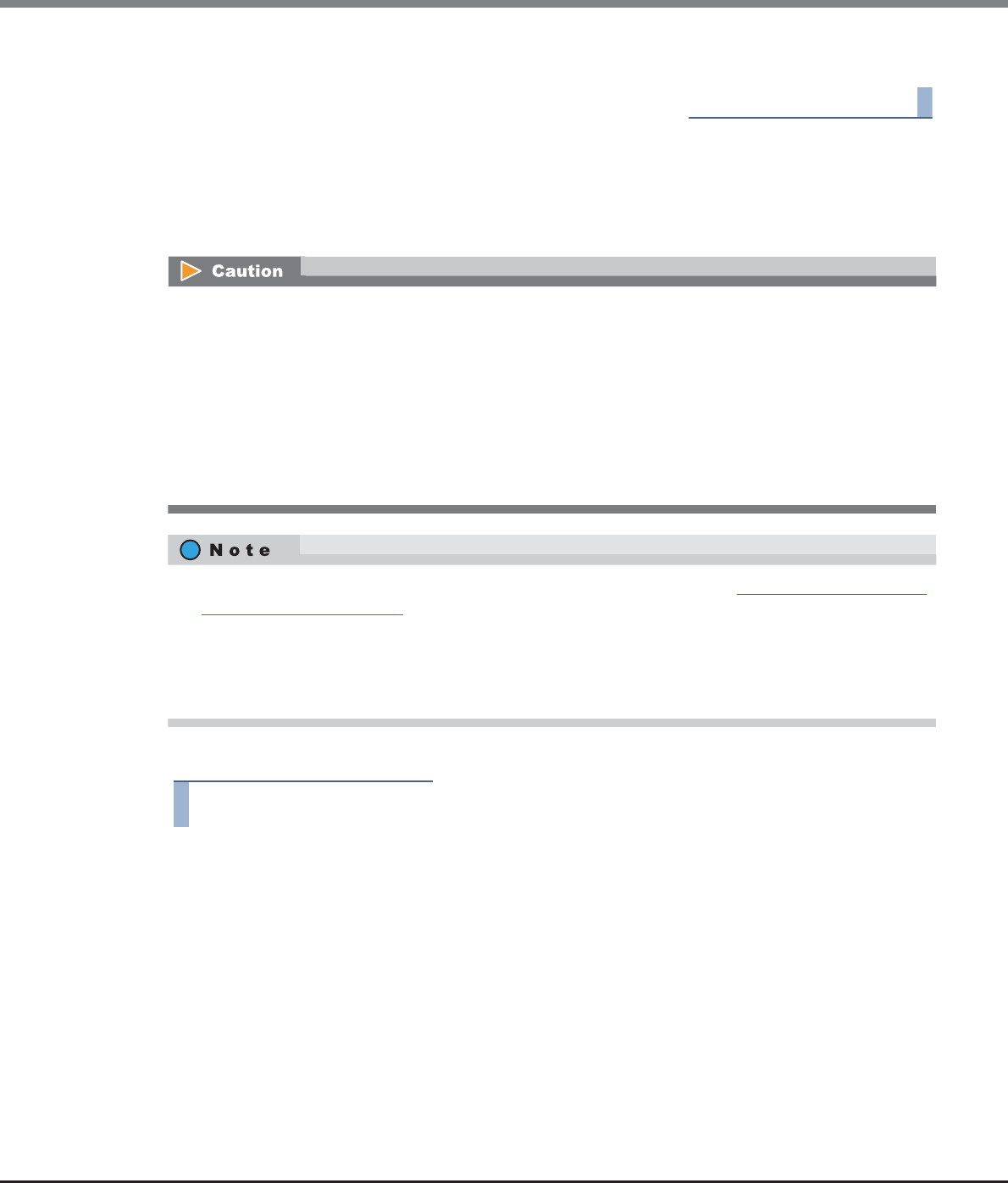
Chapter 11 System Management
11.2 Functions in the Action Area for System
ETERNUS Web GUI User’s Guide
Copyright 2013 FUJITSU LIMITED P2X0-1090-10ENZ0
861
4 Click the [Done] button to return to the [Define Role] screen.
End of procedure
11.2.7.3 Modify RADIUS
This function specifies the external server (RADIUS server) that is used for authentication when logging in.
Up to two RADIUS Authentication servers can be registered.
The procedure to modify RADIUS is as follows:
Procedure
1 Click [Modify RADIUS] in [Action].
2 Specify the parameters, and click the [Modify] button.
● RADIUS Setting
• RADIUS Authentication
Select whether to "Enable" or "Disable" RADIUS Authentication.
- Enable
Use RADIUS Authentication.
- Disable
Use Internal Authentication.
• Enable or disable RADIUS Authentication for each storage system.
• If RADIUS Authentication fails when "No" has been selected for "Recovery Mode" in the RADIUS Setting
field, logging in to GUI will not be available.
• RADIUS Authentication cannot be used when logging in to the Slave CM.
• When "Yes (Communication error)" has been selected for "Recovery Mode" in the RADIUS Setting field,
Internal Authentication (*1) is performed if authentication fails in both the primary and the secondary
servers due to a network error in either or both of the servers.
*1: This is the standard authentication type. Internal Authentication uses user account information stored in the
storage system to verify the input user account.
• There are supplementary notes when using RADIUS Authentication. Refer to "Appendix G Using RADIUS
Authentication" (page 1013) for details.
• When using RADIUS Authentication, registering user account information (user name, password, and
role) in RADIUS server is required. For details, refer to the manuals provided with the server.
• Even if the RADIUS Authentication function has been changed to "Disable", RADIUS setting information in
the ETERNUS DX Disk storage system is maintained.


















